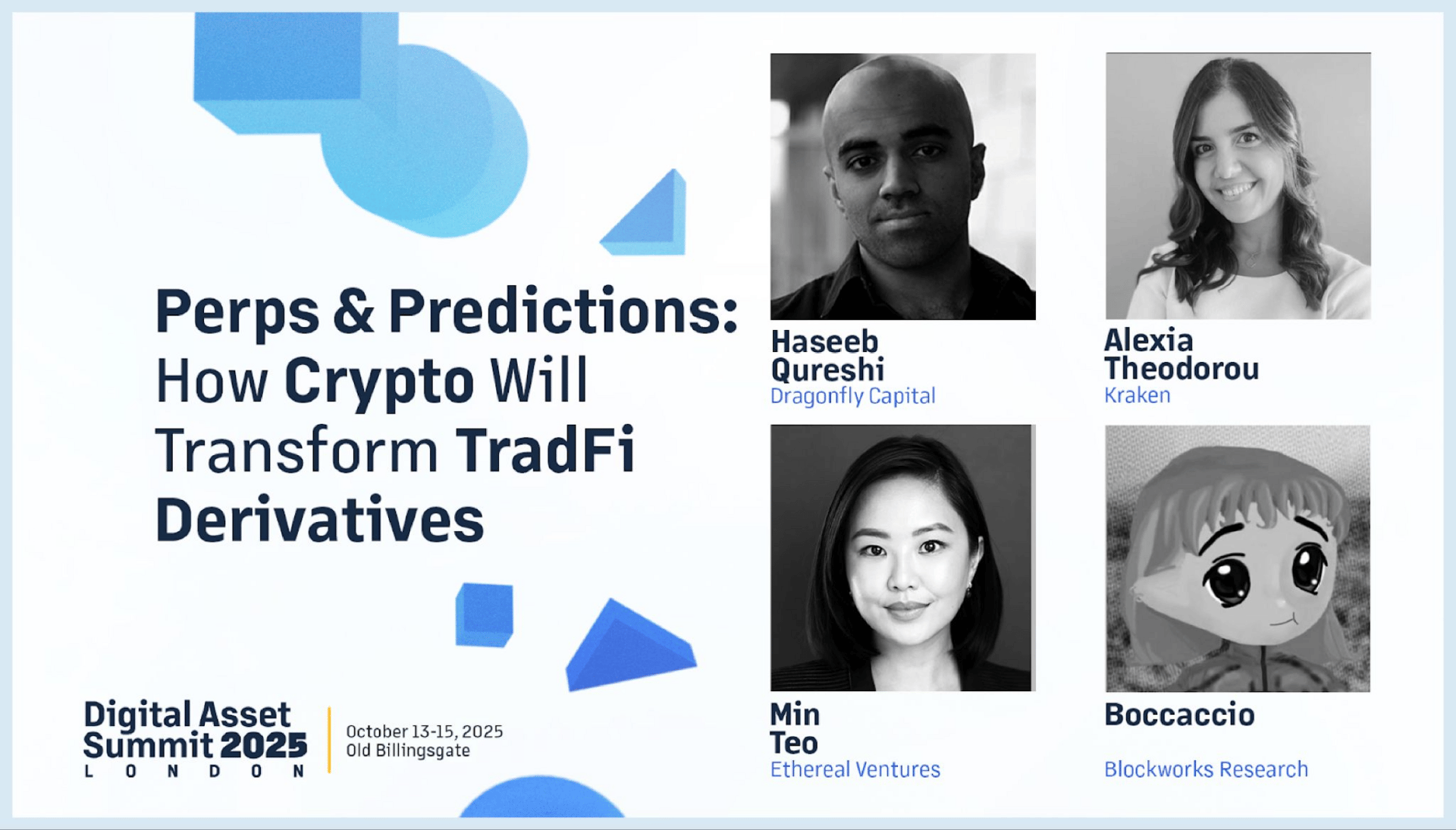- The Drop
- Posts
- Gaming’s app layer
Gaming’s app layer
Introducing OG Protocol

The BNB hype isn’t slowing down just yet.
BNB is apparently now the third-most staked asset after Ethereum and Solana, when sorted by market cap. Its price is up 18% in the past week.
As Blockworks Research points out, BNB’s share of total network revenue is also up, and the chain has been seeing a wave of interest via BNB-based Aster plus memecoins.
Yesterday YZi Labs, formerly known as Binance Labs, announced a staggering $1 billion developer fund for those building in the BNB ecosystem.
Read that again: $1 billion. Did we teleport back to 2021?
They consider trading, RWA, AI, DeSci, DeFi, payments, and wallets to be the most important categories at the moment and want to see founders working on projects in those areas.
Today we’re looking at a chain-agnostic GameFi protocol that’s starting on Solana but plans to expand to EVM, existing wallets, and beyond.

OGP wants to pair any token with any game
Could “Gaming Capital Markets” spur interest in crypto gaming?
Zynga co-founder Justin Waldron is behind the upcoming launch of the Open Game Protocol, a chain-agnostic app layer that aims to reward players of any game in any token and reward developers with tokens, too.
“We think the most important thing for players is that they get rewarded, and even more so, that they believe in the rewards they get. And the most important thing for developers is that they get more players, and that at the end of the day, they can make a living making games,” Waldron told me in an interview.
But it’s not exactly easy for game developers — who are not blockchain engineers — to reward players with any token already on the market because that would involve buying large amounts of that token upfront and then writing smart contracts to distribute it.
“For most game developers, all that stuff is a non-starter,” Waldron said.
Conflicting incentives
Crypto gaming has had an identity crisis for years as disparate genres like narrative games and casino games are lumped together. Many crypto game developers, investors, and influencers have touted the importance of “good games first” before all else.
But perhaps they failed to realize why anyone would play a crypto game in the first place: a player can win something of real financial value. Otherwise, big-budget games like Fortnite and League of Legends — backed by multibillion-dollar studios — offer a better gaming experience overall.
Some indie devs have realized that crypto gaming’s advantage is the financialization that makes it different, but we’ve yet to see any title break out into the mainstream. This year, we’ve seen casino games, hypercasual titles, and “Ponzi-esque” titles come and go, all trying to tap into a more token-forward approach.
GCM is next.
Gaming Capital Markets
— justin waldron (@jtwald)
5:39 AM • Oct 7, 2025
Marketing around crypto games has emphasized what blockchains are being used, touting them like big-name brands. This is often because it’s the L2s themselves who are doing the marketing.
But L2 blockchains’ motivations and interests may actually be in opposition to what game developers actually need.
“Their own incentives are kind of getting in the way,” Waldron told me. “They’re like, ‘I want to drive a certain type of TVL and transactions on my chain.’ So they’ve become less aligned with the games that they’re working with, to some extent.”
How it works
Waldron likened OG Protocol to Stripe because any game developer can get token rewards set up for their game as quick as setting up credit card payments.
But there’s also a community component, and tokens can be staked.
“We built a system to create these reward pools so that the token communities can decide which games get how much rewards,” he said. “Instead of the games making the assets, it’s assets pairing with existing games.”
Traders are able to support the tokens and games they like.
All of this is possible because of what Waldron calls “gamecoins,” which are attached to existing tokens. He used FARTCOIN as an example.
“The FARTCOIN gamecoin is not used inside of the games. Actually, it’s a governance token that just determines where the rewards of FARTCOIN go. And so it’s a way of speculating on how big is the game ecosystem for FARTCOIN going to become.”
Game developers outside of crypto might ultimately use the protocol for their non-crypto games as an alternative to traditional advertising, Waldron suggested.
“It becomes like another way to acquire users that’s cheaper and more effective than ads,” Waldron said, adding that developers could also buy gamecoins and stake them against their own titles.
The OG Protocol is using Solana to start, but plans to expand to EVM chains in the future. It’s being incubated by ICMrun, a Solana-forward group focused on applications for tokenization.
At some point, OG Protocol hopes to offer its app layer as an integration for existing crypto wallets via a “play button” of sorts that lets traders see any token and then have “play” beside it as an option to play games that use that token in addition to existing wallet options like buy, sell, or swap.
“We probably have 30 or 40 wallet partners that are already interested in doing it,” Waldron said.
This could certainly help crypto wallets achieve their super-app dreams.
Crypto is changing TradFi derivatives as we know them.
DAS: London will feature all the builders driving this change.
Get your ticket today with promo code: DROP100 for £100 off.
📅 October 13-15 | London

the last thing you see before you get liquidated on Metamask perps:
— tobi.hl (@tobific)
2:15 PM • Oct 8, 2025
Love The Drop? Take our quick reader survey!
1. Where do you work? |
2. What's your level of crypto knowledge? |
3. What are you interested in? |
